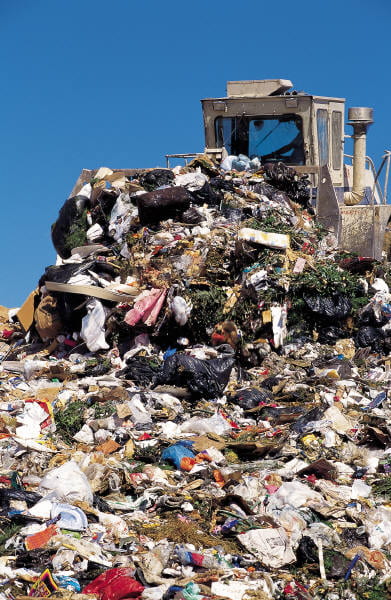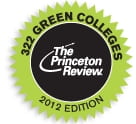 By Josh Schonwald, posted on Slate.com, June 25, 2012
By Josh Schonwald, posted on Slate.com, June 25, 2012
“About 200 years ago, the lobster was regarded by most Americans as a filthy, bottom-feeding scavenger unfit for consumption by civilized people. Frequently ground up and used as fertilizer, the crustacean was, at best, poor people’s food. In fact, in some colonies, the lobster was subject to laws – laws that forbade feeding it to prisoners more than once a week because that was “cruel and unusual” treatment.
Things obviously changed for the one-time prisoner’s grub. It’s a gastronomic delicacy, the star of festivals, subject of odes to New England summers, a peer of prime rib.
I’m telling the story of the rise of lobster (as described in David Foster Wallace’s brilliant Gourmet piece ‘Consider the Lobster’) because it’s a tale of hope, a shining example of triumph over the yuck factor.
Much of the conversation about how to solve the coming food crisis caused by soaring population, diminishing resources, and a warming planet focuses rightly on technology, reducing waste, and improving food access and distribution methods. But equal urgency needs to be devoted to simply broadening our appetites. Two food sources that strike many as unpalatable – insects and seaweed – could play a critical role in not only feeding the 2.5 billion extra humans expected by 2050, but doing so in a green, climate-friendly way.
With the exception of honey (bee vomit), insects pretty much reside in Fear Factor and Bizarre Foods country. If you’re not familiar with the bug-food phobia, consider March’s Frappuccino incident. A barista revealed that Starbucks was using cochineal beetles to color its strawberry frap, prompting headlines like ‘Starbucks Lovers Bug Out Over Creepy Frappuccino Incident.’ Within weeks, Starbucks apologized, replacing the beetle juice with tomato-extract coloring. The point: insects are overwhelmingly viewed as filthy, creepy, dangerous, inedible – and not just to vegans.
But this prejudice against eating insects – four-fifths of all know organisms on earth – is slowly staring to change. A growing number of people are beginning to recognize that bugs, such as mealworms, grasshoppers, and crickets, may be the ultimate sustainable protein source. In fact, in January 2012, the United Nations Food and Agriculture Organization held an insect world summit of sorts – 37 international experts gathered in Rome to discuss the role of insects in achieving global food security.
Many insects are what you might call superfood – rich in protein, low in fat and cholesterol, high in essential vitamins and minerals like calcium and iron. More important, insects are green super-foods. Bugs are cold-blooded (they don’t waste energy to stay warm), so they’re far more efficient at converting feed to meat than cattle or pigs. Ten grams of feed produces one gram of beef or three grams of pork, but it can yield nine grams of edible insect meat, according to research from Arnold van Huis, an entomologist at Wageningen University. Yet insects still have virtually the same amount of protein as beef or pork. A 100-gram portion of grasshopper meat contains 20.6 grams of protein, just 7 grams less than an equivalent portion of beef.
If the protein numbers and energy efficiency don’t move you to try a grilled locust, consider this: Insects use a fraction of the water and land of conventional livestock, plus they’re climate-friendly. According to van Huis’ research, breeding edible insects, like locusts and crickets, emits just 10 percent of the methane from livestock and about 0.3 percent of the nitrous oxide. Insects are also natural recyclers that thrive on paper and industrial wastes – stuff that would normally be trashed.
Insect-eating doesn’t have a yuck factor in most of the world. Venezuelans eat French-fried ants. Ghanaians eat bread made out of termites. Thailand has more than 15,000 locust farmers. As pro-bug people like to point out, 70 percent of the world’s population eats more than 1,400 insects.
Fear of insect eating is peculiar to North Americans and Europeans. Advocates of a global surge in ‘micro-livestock’ – that’s the euphemistic term some like to apply to insect farming – are tyring to challenge the phobia.”
For the rest of this very thought-provoking article, go HERE. See what might be showing up on the shelves of Costco or Sam’s Club in the future…









